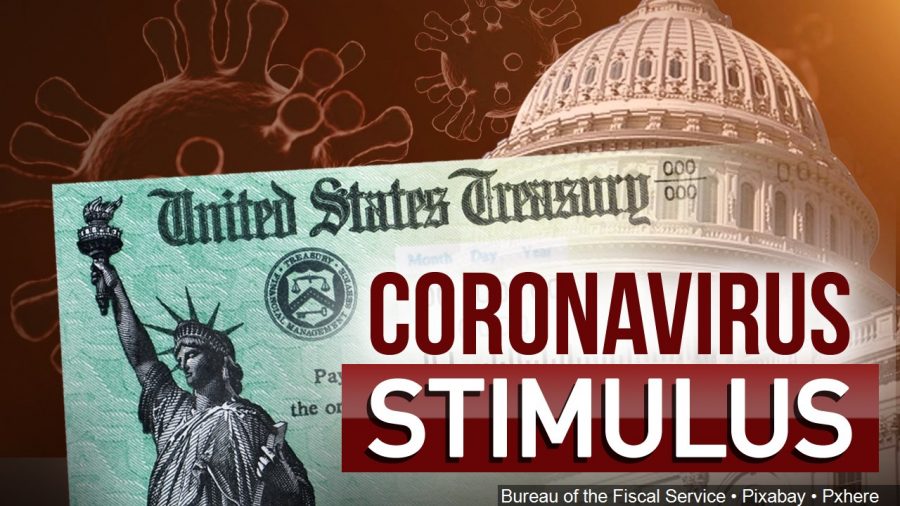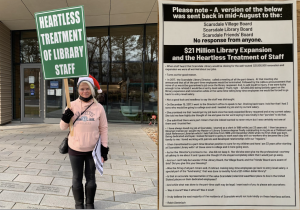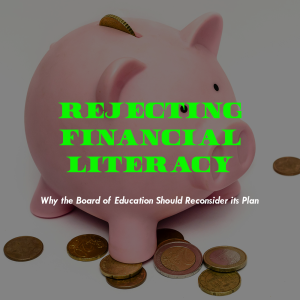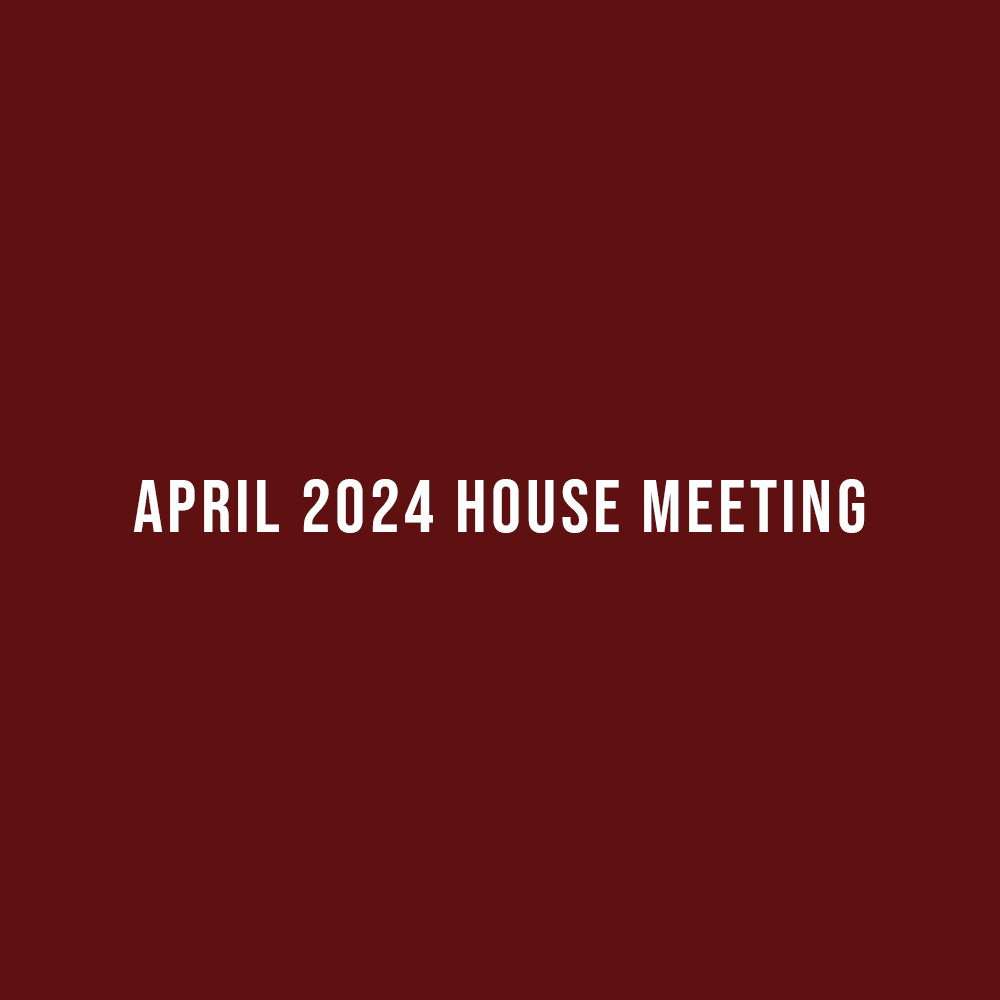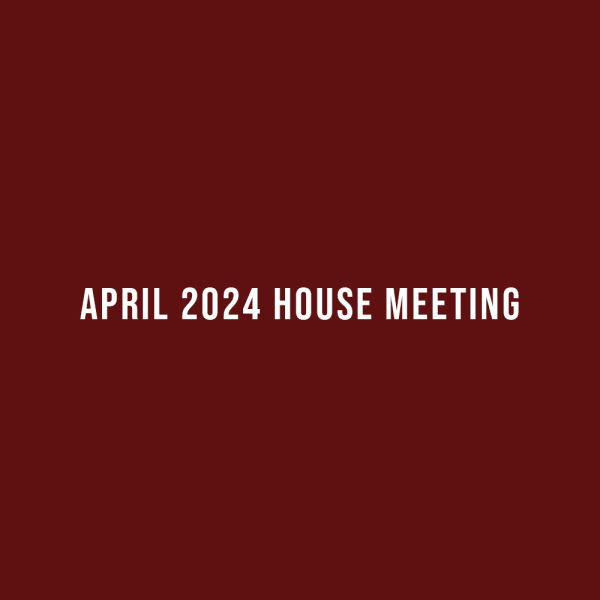Trump Administration’s Implementation of the Stimulus Package and Democratic Resilience
The historic bill was designed to address the economic recession during the coronavirus pandemic.
May 20, 2020
At the peak of the Great Depression, the worst economic downturn in the history of the industrialized world, the U.S. unemployment rate surged to 24.9%, a record that still stands today more than 87 years later. Now that the COVID-19 pandemic is causing tremendous human and economic hardship across the US and around the world, it is time to imagine the unimaginable again.
During the week of April 4th alone, more than 5.2 million people filed initial jobless claims, according to the Department of Labor. There were more jobs lost in that one week than the economy had gained in the years 2017 and 2018 combined. In the four weeks following President Trump’s declaration of a state of emergency, the US economy lost over 22 million jobs. In other words, in the timespan of a month, the Great Lockdown has destroyed what the recovery built in the last decade.
In late March, Donald Trump signed a $2.2 trillion economic relief package to keep business afloat and prevent the economy from falling into an even deeper crash. It is the largest emergency aid package in US history: far-reaching and in absolute urgency. Will the Trump Administration pull off its implementation in the midst of such an unprecedented crisis?
The massive financial injection has primarily two aims. First, the $349 billion Payment Protection Program (PPP) is designed to help companies retain workers, especially small businesses. It ran out of money within two weeks. Secondly, the $1,200 stimulus payment is going for the eligible American workers. The Department of Treasury delayed the paper checks only to stamp Trump’s name on them. Around 150 million people are eligible for the stimulus checks. For 80 million of those people, the IRS only has the mailing addresses, which means they may not receive benefits for several months.
Economists commended the emergency stimulus as a good start. The money infused into the economy is meant to keep finance flow through part of the economy which has been idle and severely impacted. Half of the small businesses are facing shutting down. The loans could at least help thousands of firms survive temporarily. These small business federal loans will most likely be forgiven. It is a late but essential intervention.
However, from the start, the program has been a bureaucratic debacle. The Trump administration edited and rewrote the rules right up until the program launched, blindsiding the lenders. When it did launch, it was more about who had connections with the lenders. Some small businesses lacking established relationships with the banks were unable to even put through applications, and systems became immediately overwhelmed with demand. The administration’s stumble in its initial push to implement the aid package further mounted the confusion and fear among small businesses, their workers, and the unemployed.
Speed is the backbone of the stimulus impact. It is one thing for Congress to pass the $2 trillion stimulus plan to dynamize the economy, and entirely another to get the stimulus effect down through the bottleneck. Many unfiled key positions in the Treasury and lack of connection between staff and senior management magnified the risk in the crisis. Some less affected states received more PPP help than hard-hit states. Technology and processing systems are out of date; half of the states’ servers date back to the 1980s and have not been updated since. It is a perfect storm: an aged system waiting to collapse in a crisis of demand.
In the midst of an international crisis with the magnitude of WWII and the Great Depression, people expect their leaders to bring unison to the country. Rather, the Trump Administration divided the country even further. It is time to rethink democracy; is the system falling because of an unexpected crisis, its leadership, or something more fundamentally wrong? Is President Trump the symptom or the cause? The answer remains unknown, but it is certainly something we all need to mull over. What can the youth do to foster democratic dialogue in order to assist in future policymaking and implementation processes?
In ten years, it will be our time on the battlefield. Goals must be set, and the responsibility to restore and enhance democracy, which has been ailing in the Trump era, lies in our hands. The faults that are displayed in the implementation of the stimulus package in the most challenging time of American history since the Great Depression clearly manifest that our democracy itself is ailing.
The eroded federal institutions, the authoritarian style of White House senior officials who lead the coronavirus responses, and the dysfunction of the federal leaders all serve to further complicate the implementation of the much-needed stimulus. Furthermore, these factors demonstrate the true vulnerability of our democracy. The history of American democracy and political culture is closely connected with activism, political compromises, and checks and balances, all of which we are responsible for in order to commence the dialogue and the movement to rebuild democracy. American democracy has always been resilient and it is our duty to reclaim and revive it.

